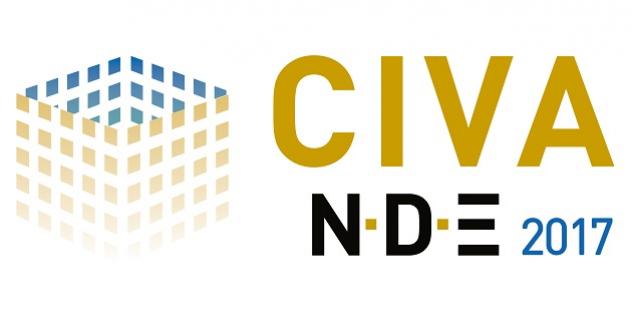01.042018Attend one of the free webinars on CIVA 2017Category "CIVA Software" | No comment

EXTENDE will organize a free webinar to present the capabilities of the latest version of CIVA, CIVA 2017. Seats are limited, thus we strongly advise you to register now, on this link. During the session, you will be able to interact via the chat and ask questions at the end of the presentation.
Dates:
- Tuesday the 30th of January, at 5:00 p.m. (UTC+1) (convenient for people based in America, Africa, or Europe)
- Thursday the 1st of February, at 9:00 a.m. (UTC+1) (convenient for people in Asia, Oceania, Africa or Europe)
The EXTENDE team

